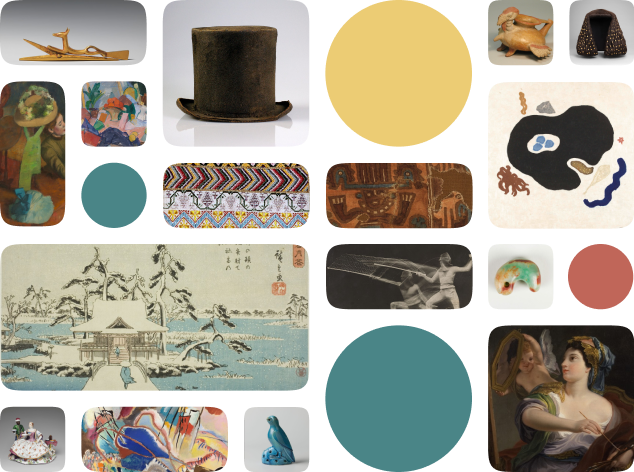Panel Portrait of a Man
Creator Name
Cultural Context
Date
Source
About the Work
This first century funerary portrait, called a Fayum portrait, shows a man wearing a white robe with a white cloth draped around his neck. He is from Roman Imperial Egypt’s Greco-Egyptian community, and this painting would likely have been attached to the head of his mummy.
Fayum portraits, like this one, were commonly made with encaustic paint on wood. Here, the man’s face is bisected by the vertical striations in the wood grain. Researchers have found that artists used both indigenous timbers, including the fig tree, and imported hardwoods like cypress, cedar, or limewood to make the panels. Hardwoods are more malleable, and may have been more valuable. These hardwoods were cut into thin planks which made them easier to mold onto the mummy or coffin when incorporated into its wrappings.
Work details
Title
Creator
Worktype
Cultural Context
Material
Dimensions
Technique
Language
Date
Provenance
Style Period
Rights
Inscription
Location
Source
Subjects
Topic
Curationist Contributors
Related Content
All Works in Curationist’s archives can be reproduced and used freely. How to attribute this Work:
Help us improve this content!
Save this work.
